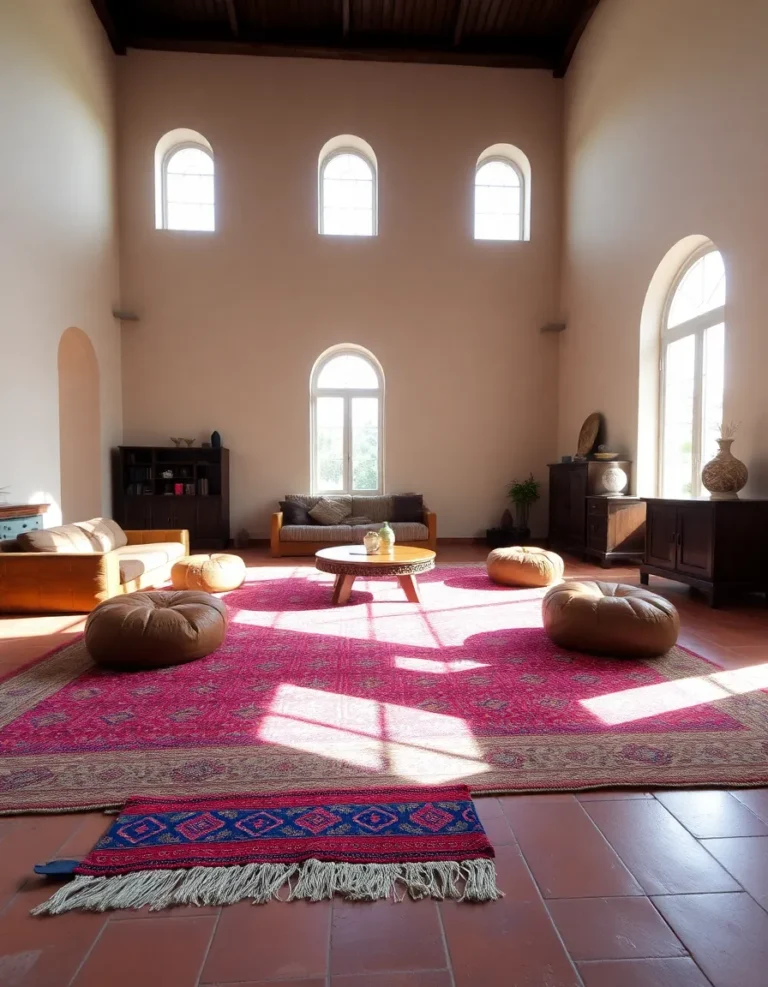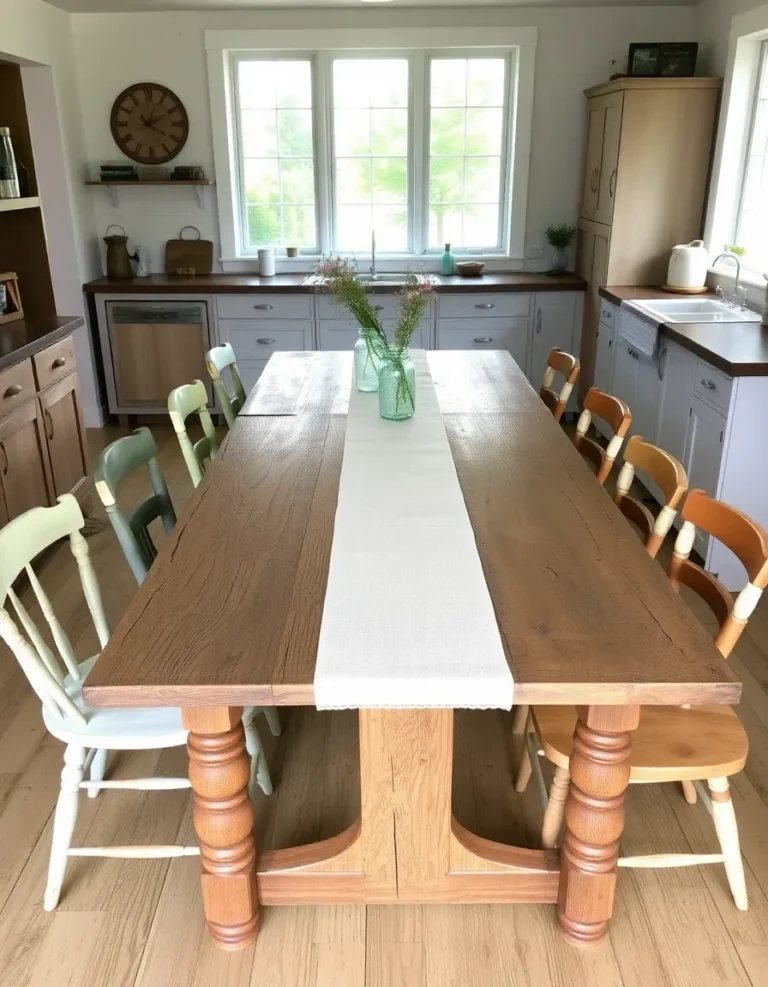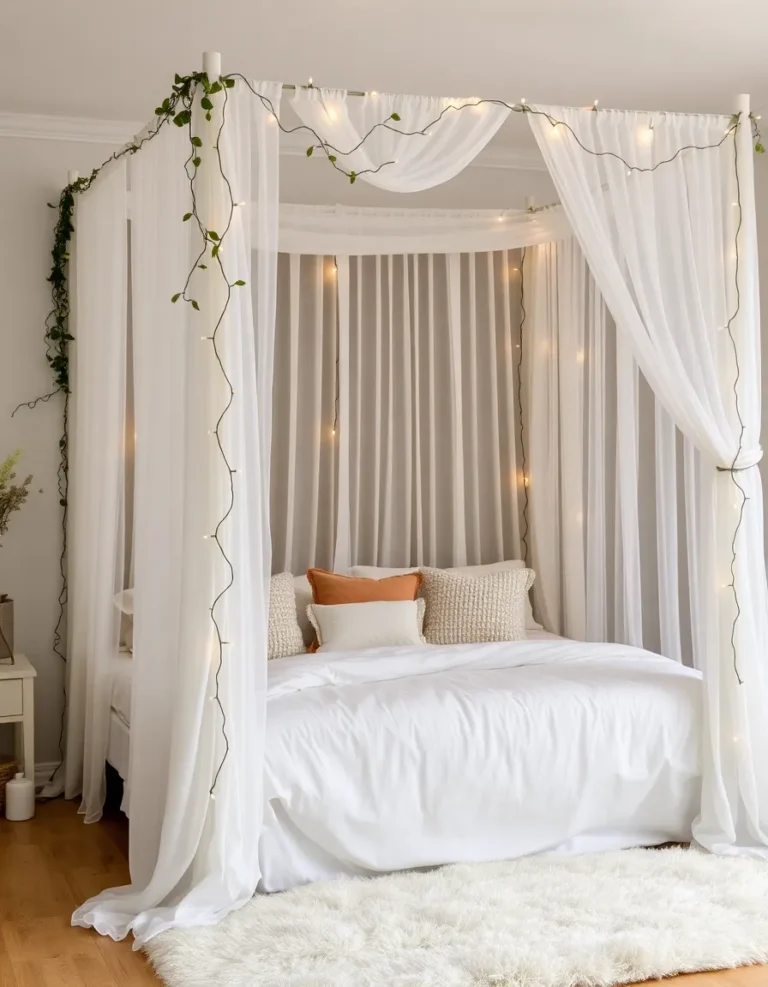16 Best Girl and Boy Shared Bedroom Designs

So, you’ve got a boy and a girl sharing a bedroom, and you’re staring at the chaos thinking, “How on earth do I make this work without World War III breaking out over wall colors?” Trust me, I’ve been there. Whether it’s siblings, twins, or just friends bunking together, designing a shared space that pleases both can feel like solving a Rubik’s Cube blindfolded. But guess what? It’s totally doable—and even fun!
In this post, I’m sharing 16 genius shared bedroom designs that balance style, function, and (most importantly) peace. From clever space-saving hacks to themes that appeal to both genders without screaming “pink vs. blue,” we’ve got you covered. Ready to turn that room into a shared sanctuary? Let’s dive in!
1. The Neutral Zone: A Peaceful Compromise
Neutral doesn’t have to mean boring. Think soft grays, warm whites, or even muted greens that create a calming backdrop for both kids. Add pops of color through bedding, wall art, or rugs to keep it lively. Pro tip: Let each child pick one accent color they love—this way, everyone feels represented without clashing.
Why does this work? Because nobody fights over beige. Okay, maybe some kids do, but it’s way easier to negotiate than hot pink versus neon green.
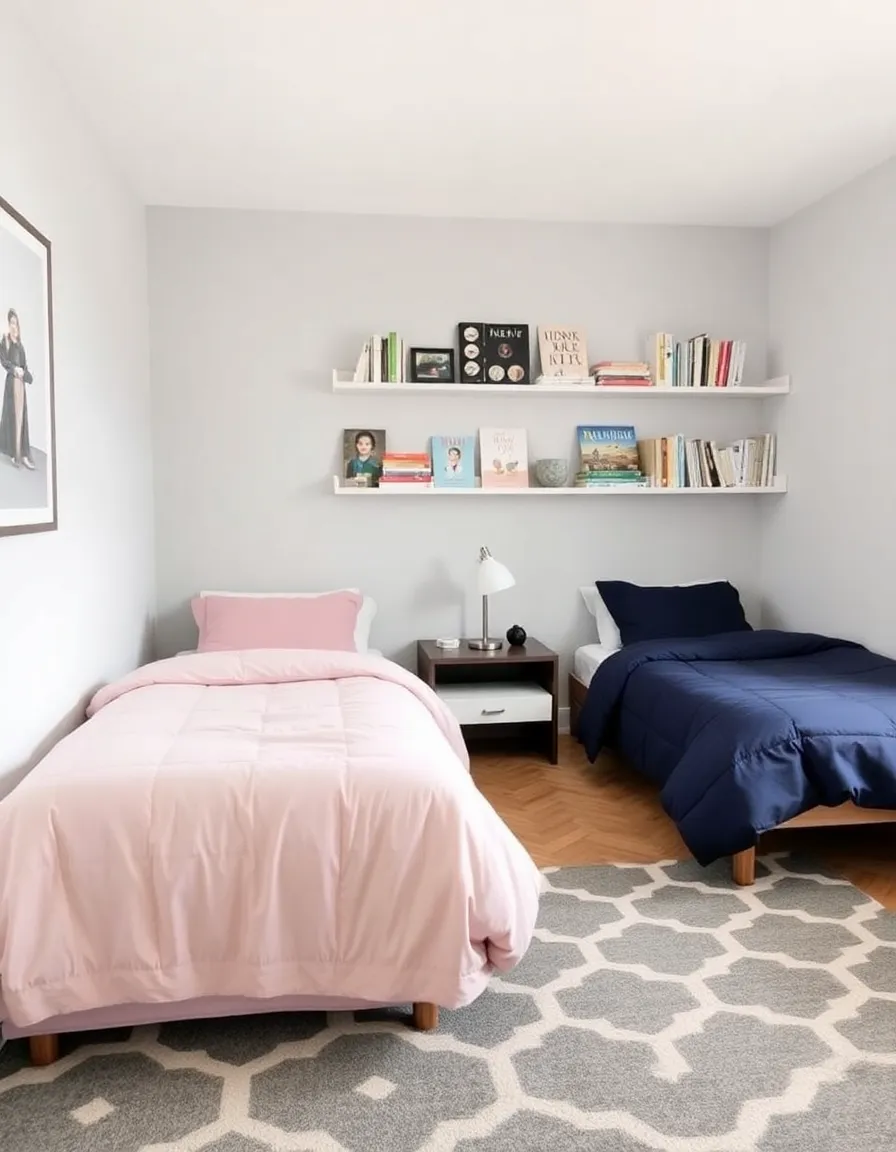
2. Bunk Beds: The Space-Saving Superhero
Bunk beds are a classic for a reason—they free up floor space for play, study, or that inevitable pile of laundry. Go for a modern design with clean lines, or opt for a fun themed bunk (think treehouse or castle). Just make sure the ladder is sturdy unless you enjoy midnight “thuds.”
Bonus: The kid on top gets bragging rights. The one on bottom gets easier access to snacks. Fair trade.
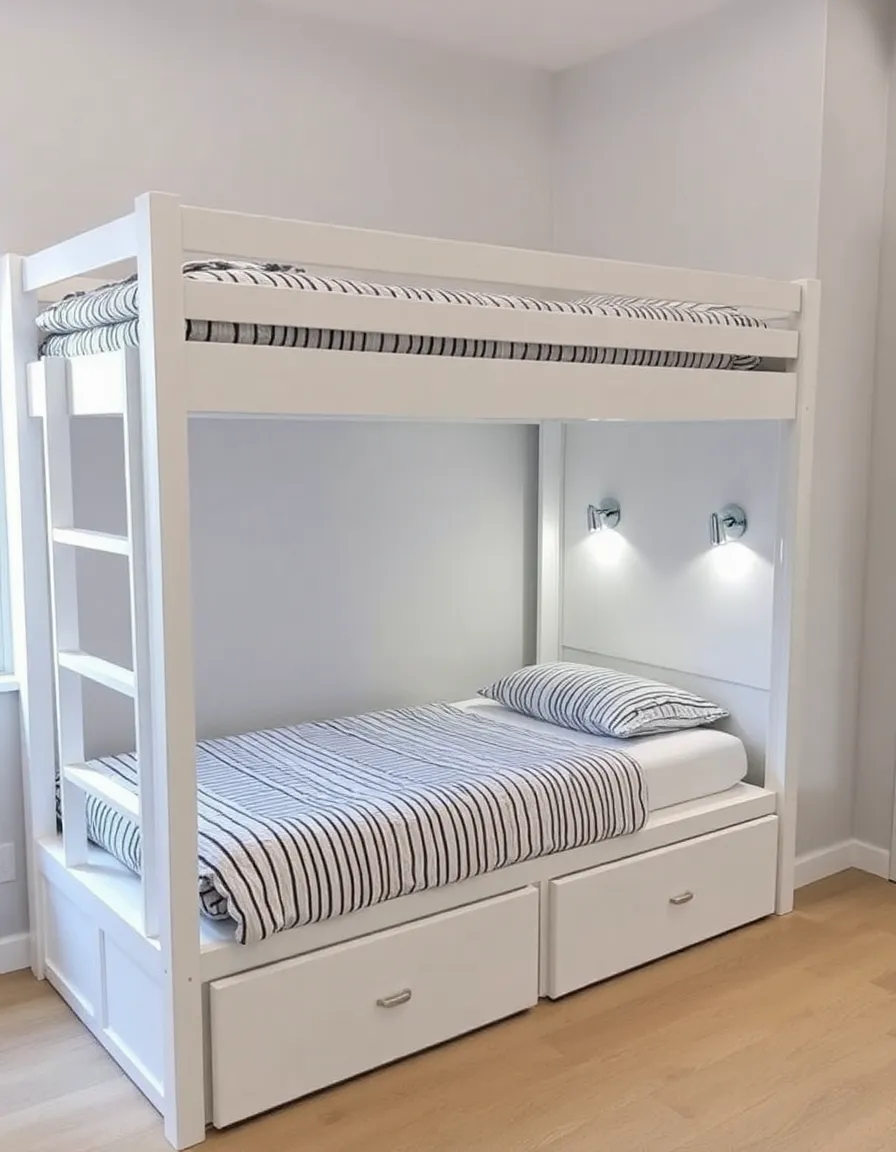
3. Divide and Conquer: The Room-Splitter
If square footage allows, physically divide the room with a bookshelf, curtain, or even a folding screen. Each kid gets their own “zone,” reducing arguments over whose stuff is where. IKEA Kallax shelves work wonders here—functional and stylish.
Ever seen two kids negotiate territory like tiny diplomats? It’s oddly inspiring.
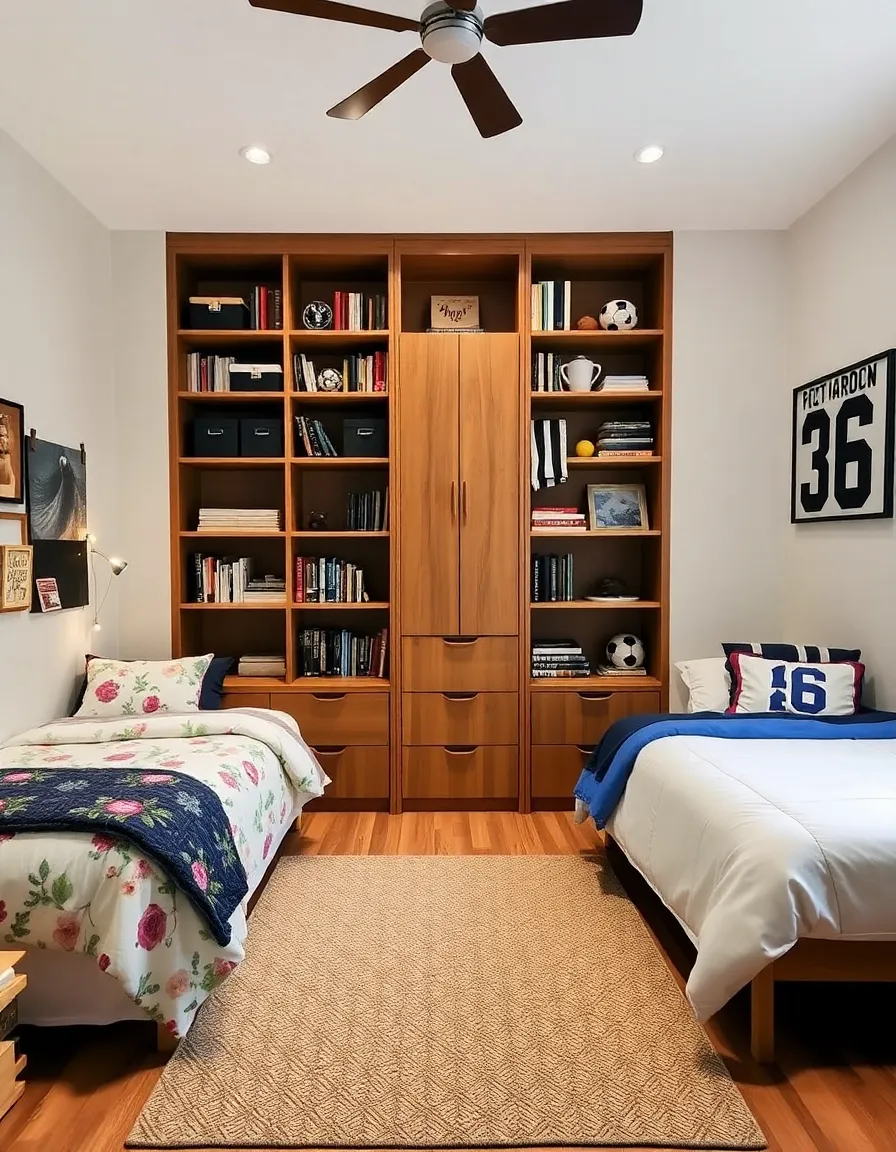
4. Themed but Balanced: Under the Sea
Who says themes have to be gender-specific? An underwater theme with blues, teals, and sandy neutrals works for everyone. Add fish-shaped pillows, a “wave” mural, or even a bunk bed that looks like a submarine. Just avoid making it too “Little Mermaid” or “Pirate”—unless both kids are into that.
FYI, glow-in-the-dark starfish stickers are always a win.
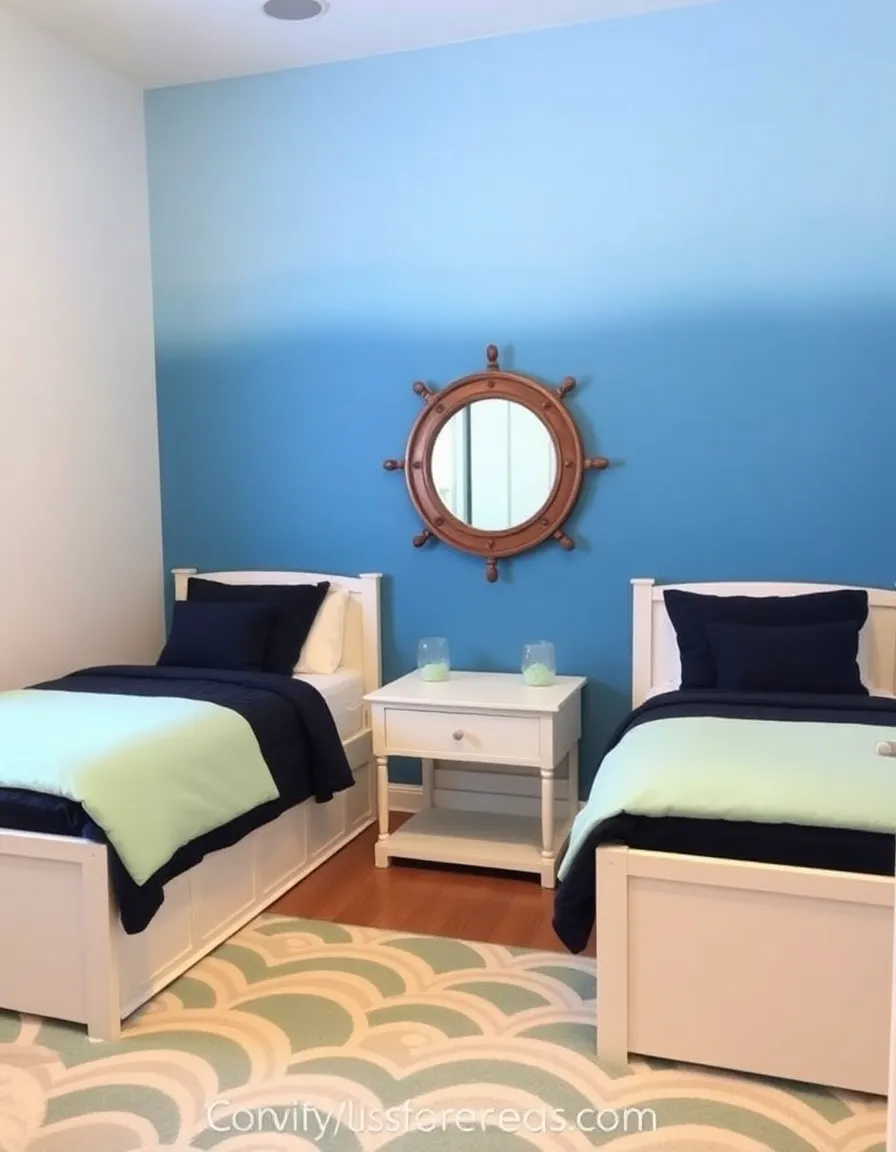
5. Minimalist Magic: Less Clutter, More Harmony
Fewer toys, fewer fights. A minimalist design with clean lines, hidden storage, and a muted palette keeps the room feeling serene. Use under-bed drawers and wall hooks to maximize space. Warning: This might require bribing kids to actually put things away.
But hey, a mom can dream, right?
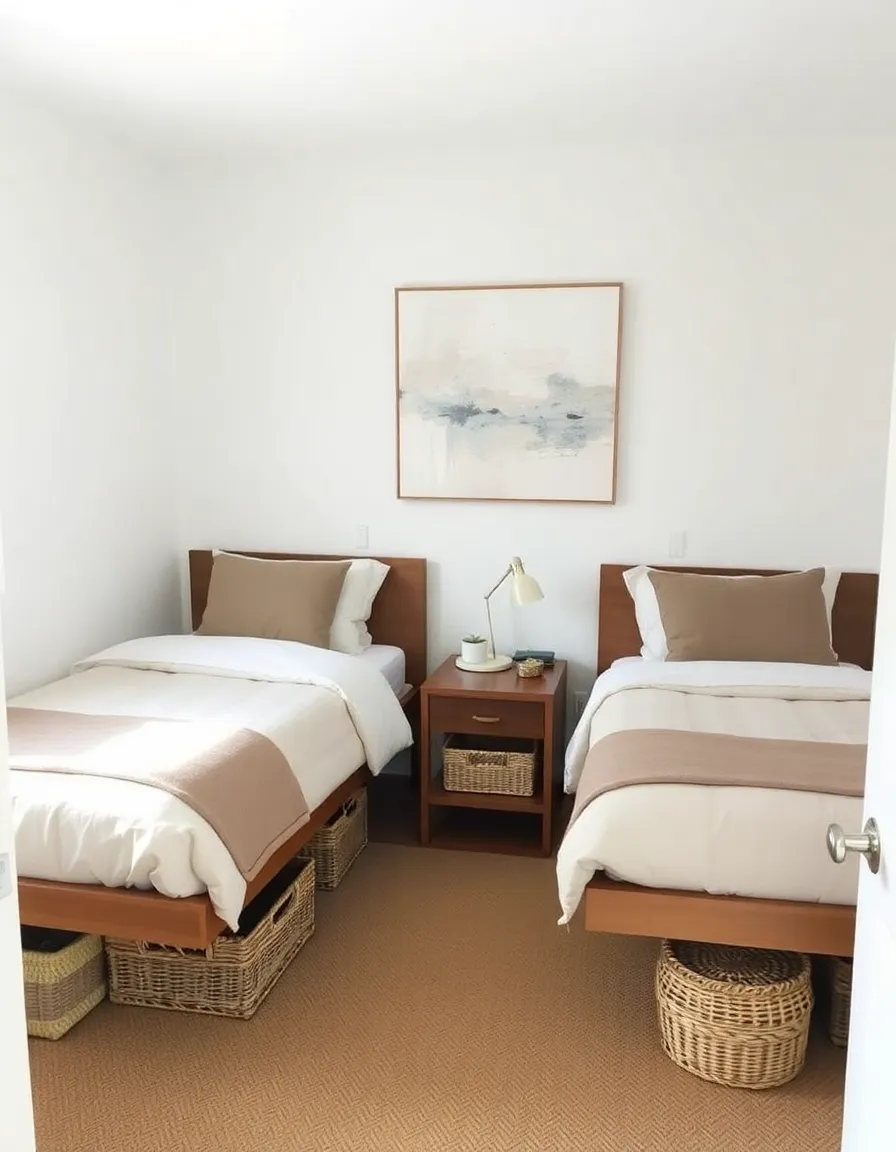
6. Color-Blocked Bliss
Assign each kid a color and use it on their side of the room—walls, bedding, even lamps. Keep the dividing line sharp for a modern look. For example, one half pale yellow, the other soft mint. It’s like a Venn diagram of sibling harmony.
Just don’t let them draw a literal line in tape. That never ends well.
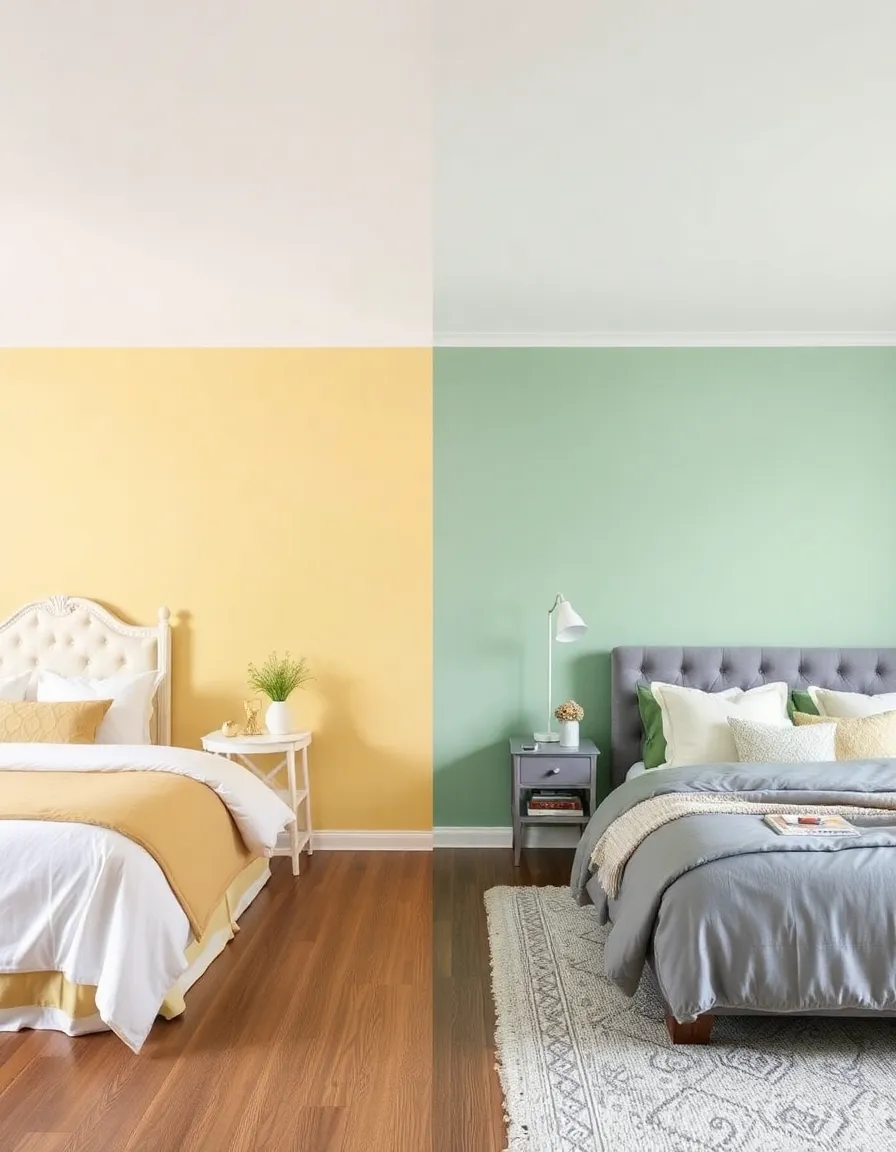
7. Lofted Beds with Study Nooks
Perfect for older kids, lofted beds free up space underneath for desks or cozy reading corners. Personalize each study area with their favorite colors or posters. Because nothing says “I’m growing up” like claiming your own workspace (and then never using it for homework).
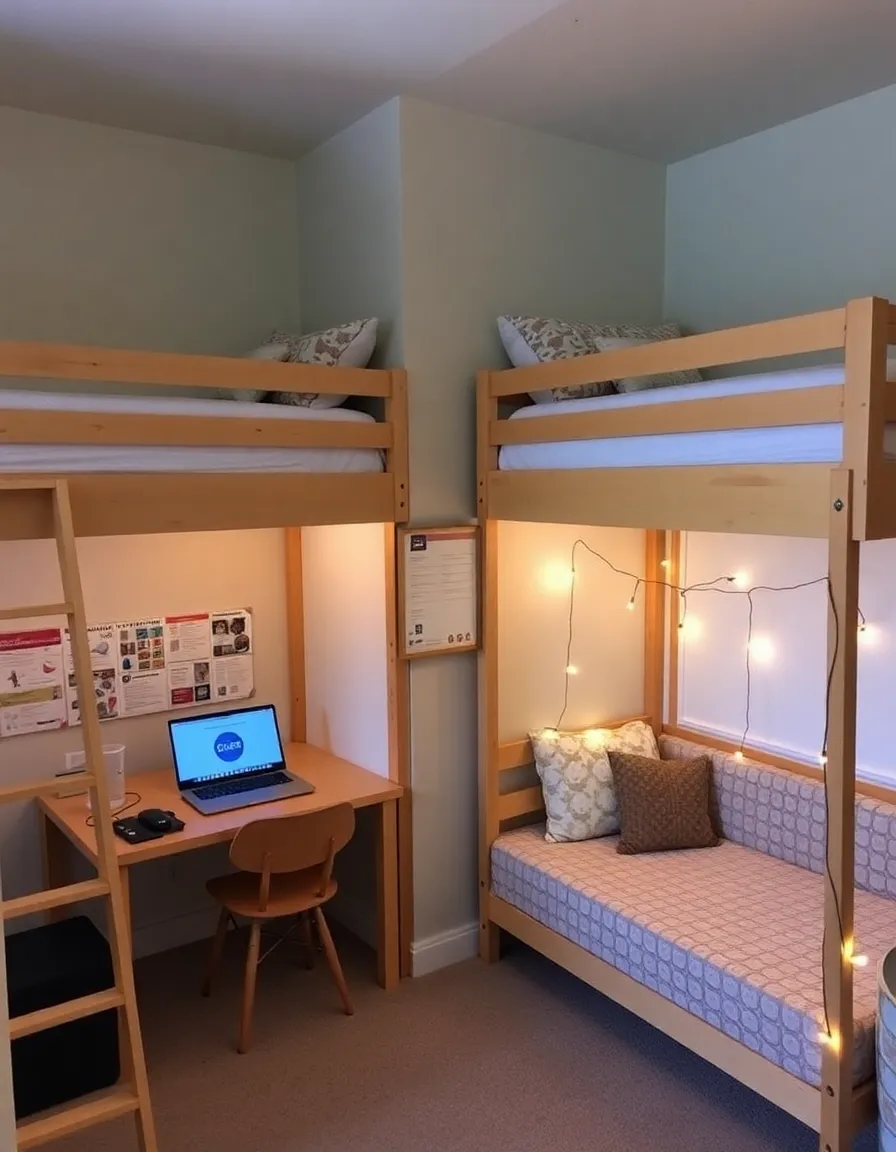
8. Adventure Awaits: Camping Theme
Tents, faux campfires, and plaid blankets make this theme a hit for both boys and girls. Use earthy tones and wood accents to keep it cozy. Pro tip: A teepee in the corner doubles as a reading hideout—and a timeout zone when needed.
Just don’t actually light a fire indoors. Safety first, folks.
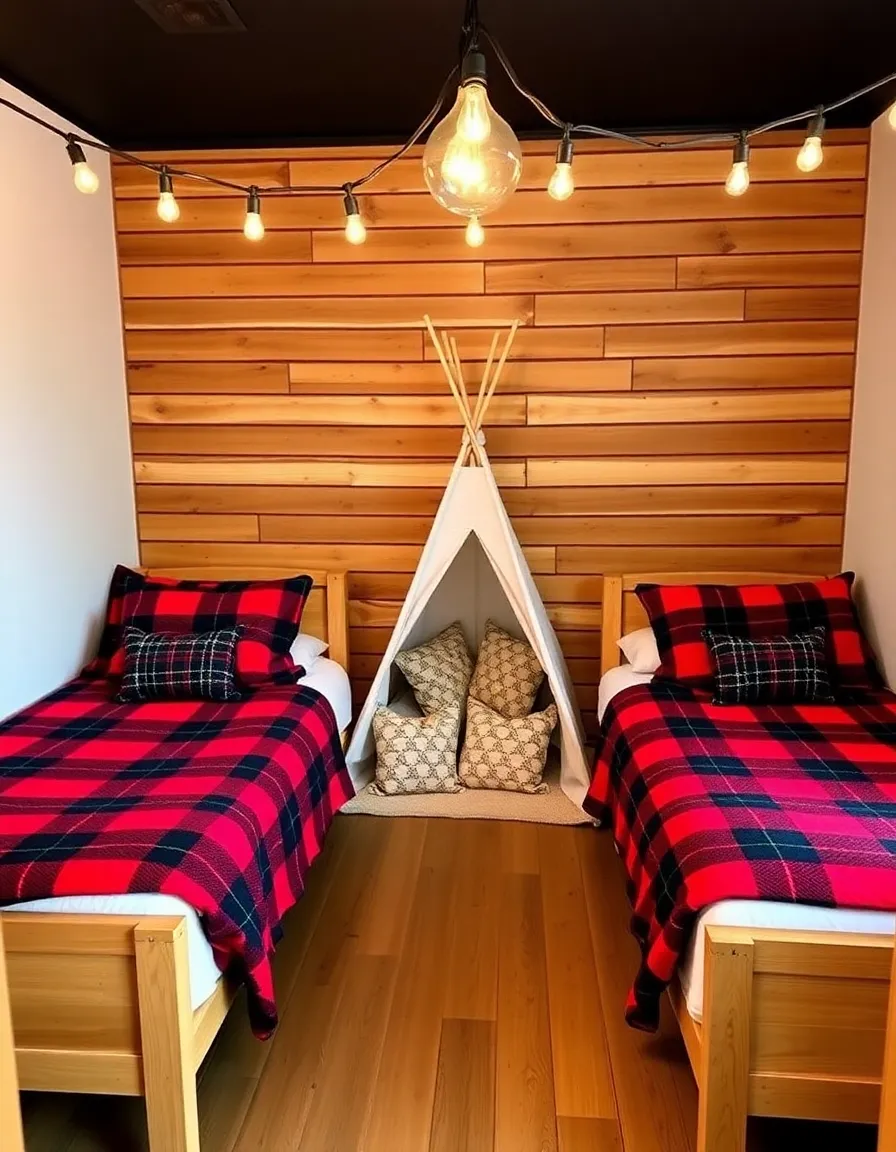
9. Shared but Separate: Matching Beds, Different Decor
Identical beds create symmetry, while personalized decor (like bedding, wall art, or nightstands) lets each kid express themselves. It’s like sibling harmony in interior design form.
Plus, matching beds = fewer “why does SHE get the bigger one?” arguments.
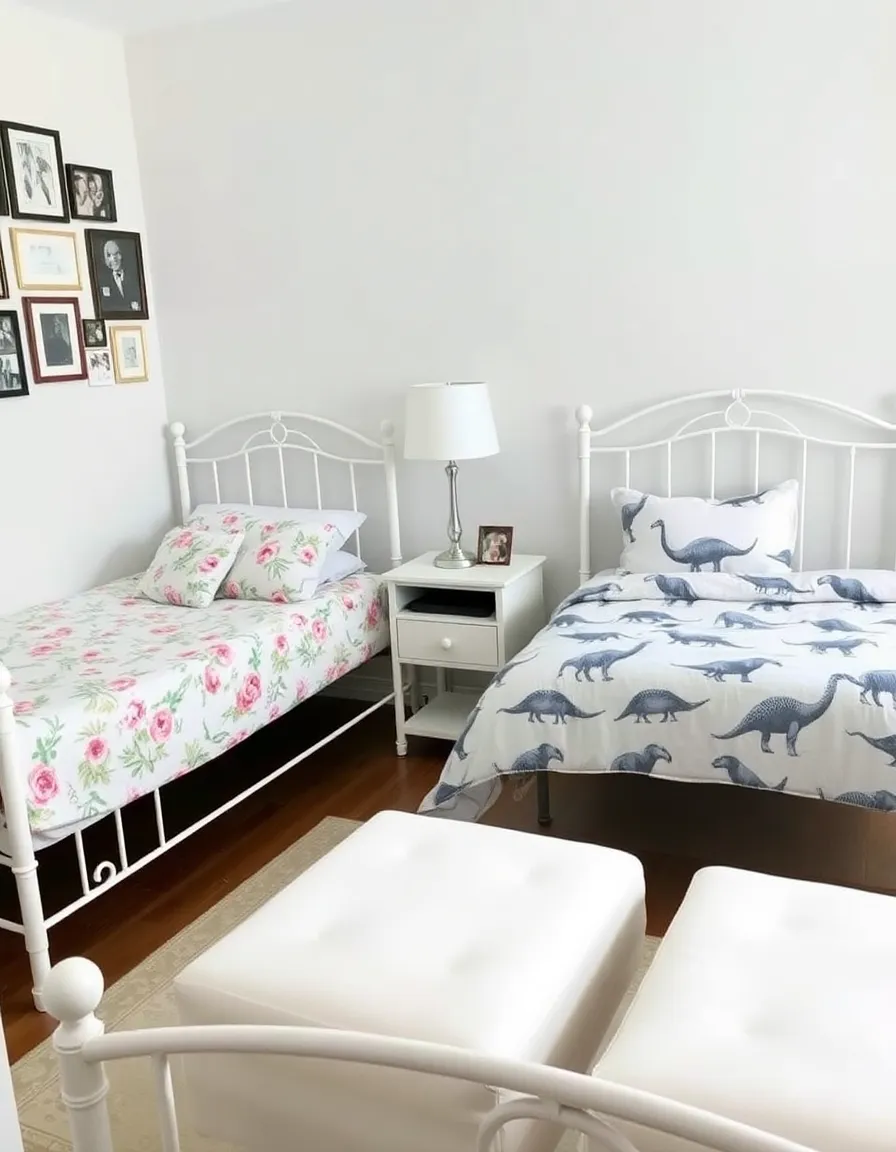
10. The Book Lover’s Paradise
Turn the room into a mini-library with wall-mounted shelves, a reading nook, and book-themed decor. Let each kid pick their favorite reads for display. Warning: May result in late-night “just one more chapter” negotiations.
But hey, at least they’re not fighting over the TV remote.
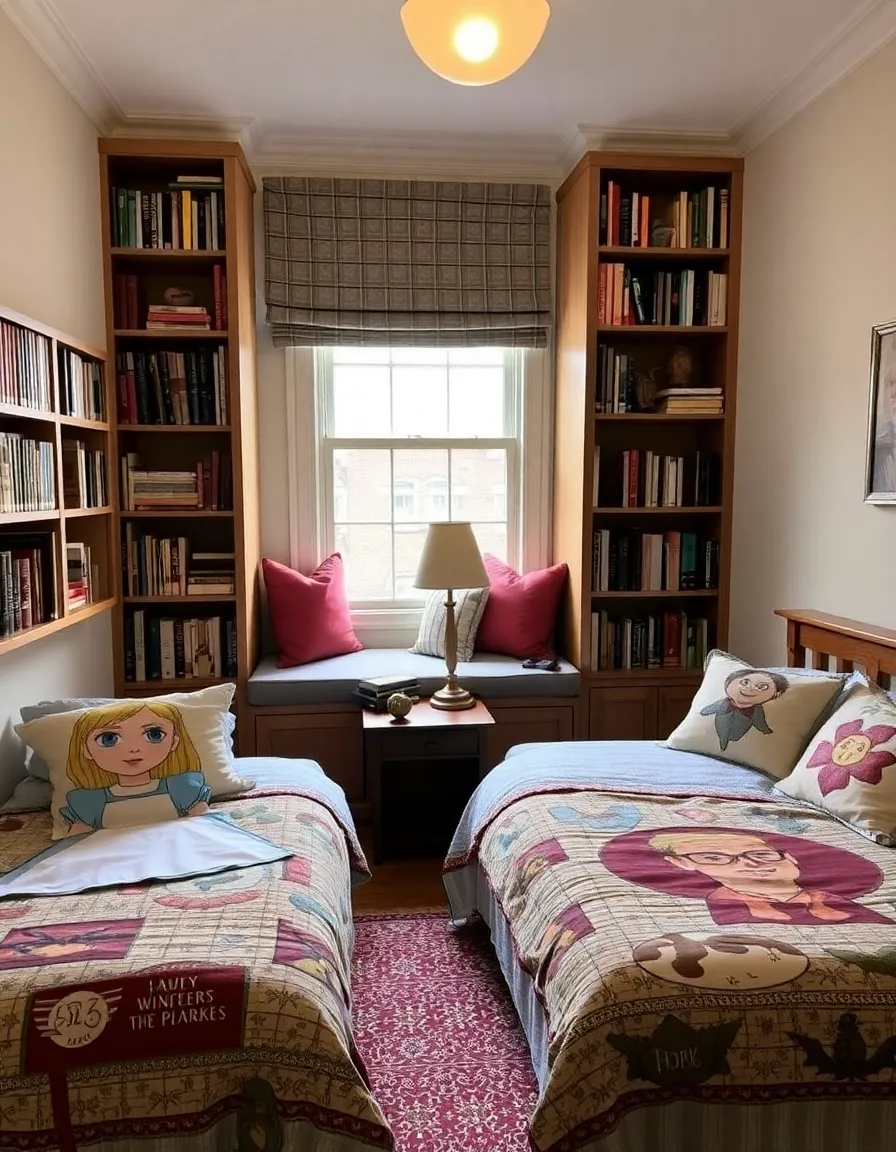
11. Industrial Chic for Kids
Exposed pipes, metal frames, and raw wood give this style an urban edge that’s surprisingly kid-friendly. Add soft textiles to keep it cozy. Perfect for the “cool big kid” phase—you know, when they’re too old for cartoons but still sneak-watch them.
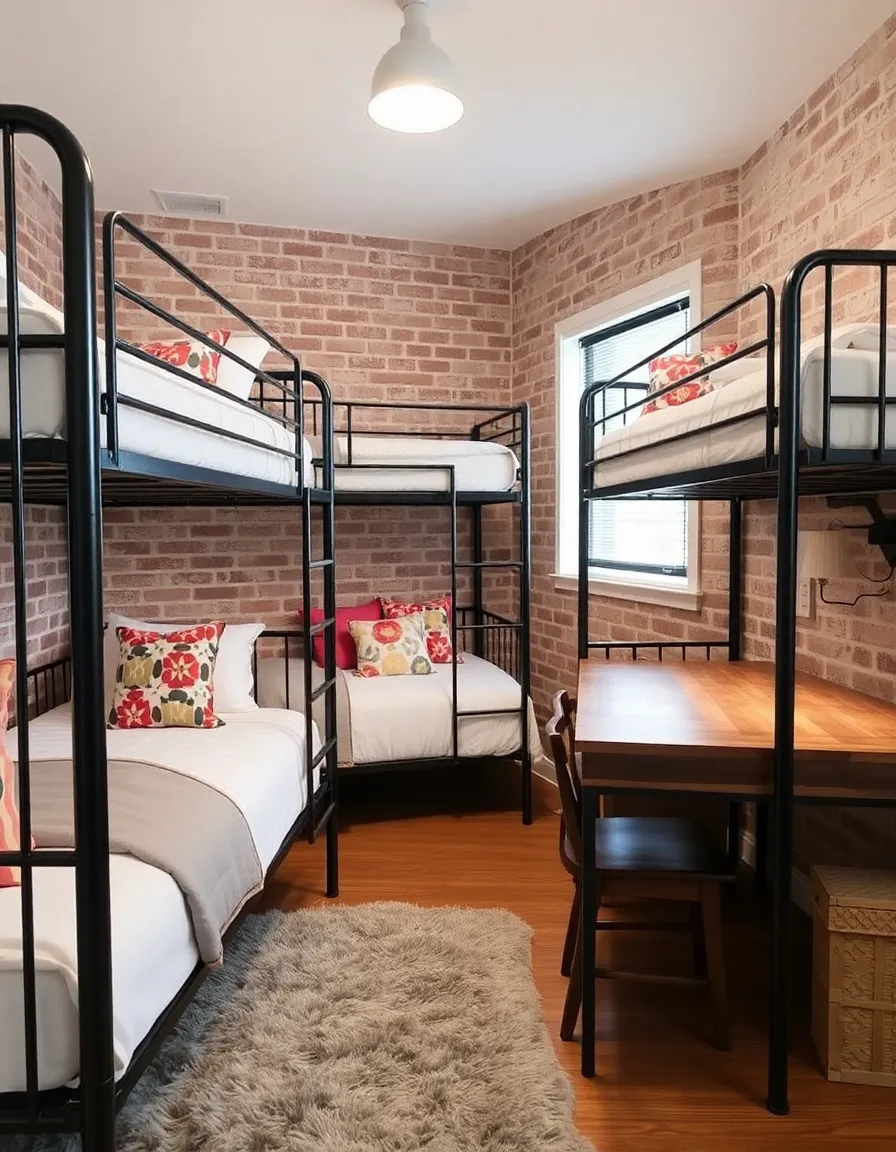
12. The Art Studio Retreat
For creative kiddos, dedicate one wall to a chalkboard or magnetic paint, add a craft table, and use pegboards for supplies. It’s messy but worth it when they’re busy drawing instead of bickering.
Just invest in washable markers. Trust me on this.
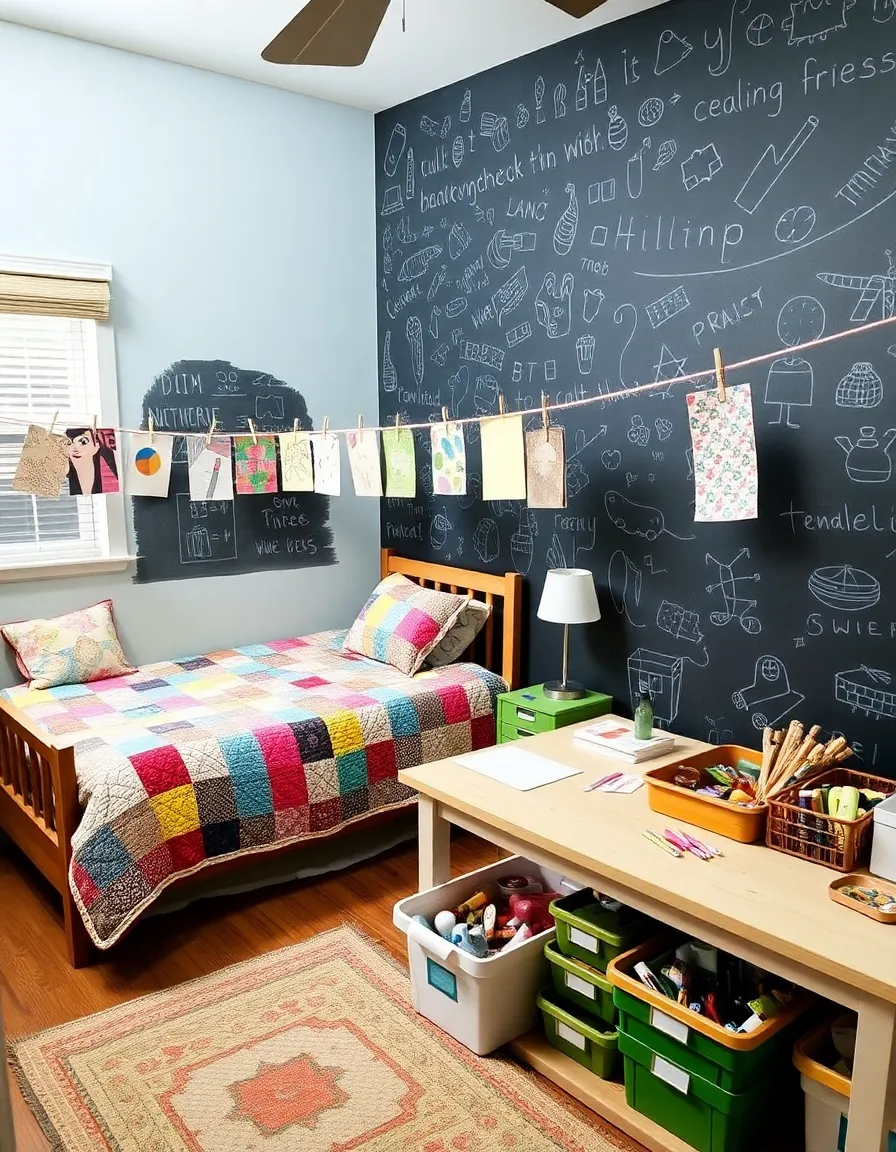
13. Vintage Vibes: Timeless and Sweet
Think antique-style beds, pastel colors, and delicate patterns that feel nostalgic but not stuffy. Bonus: Vintage furniture is often sturdier than modern stuff, so it can handle the inevitable jumping.
Because beds are obviously trampolines in disguise.
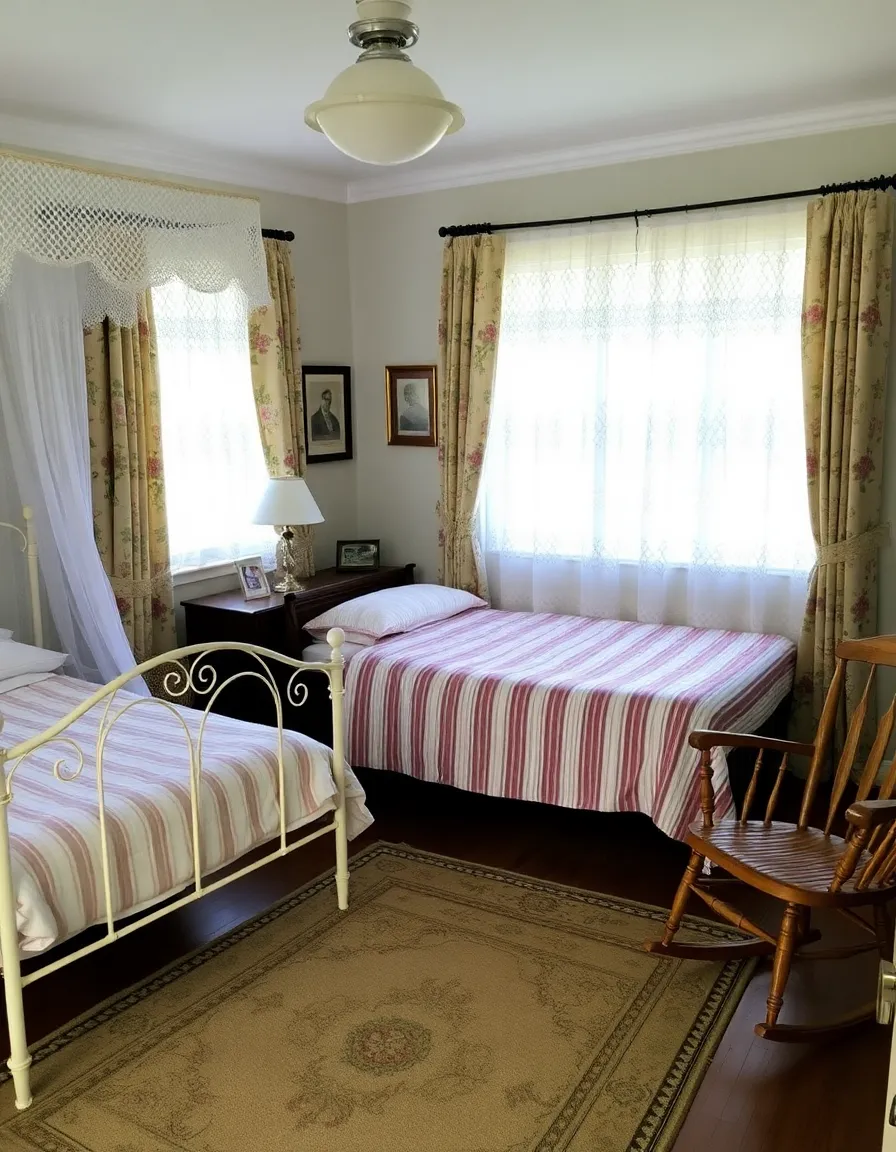
14. The Sports Fanatic Compromise
If both kids love sports but root for rival teams, designate zones for each. Use team colors subtly—no full-wall logos unless you enjoy daily debates. A neutral main palette keeps it from looking like a locker room.
Pro tip: Framed jerseys make great decor and don’t require nails (hello, Command hooks!).
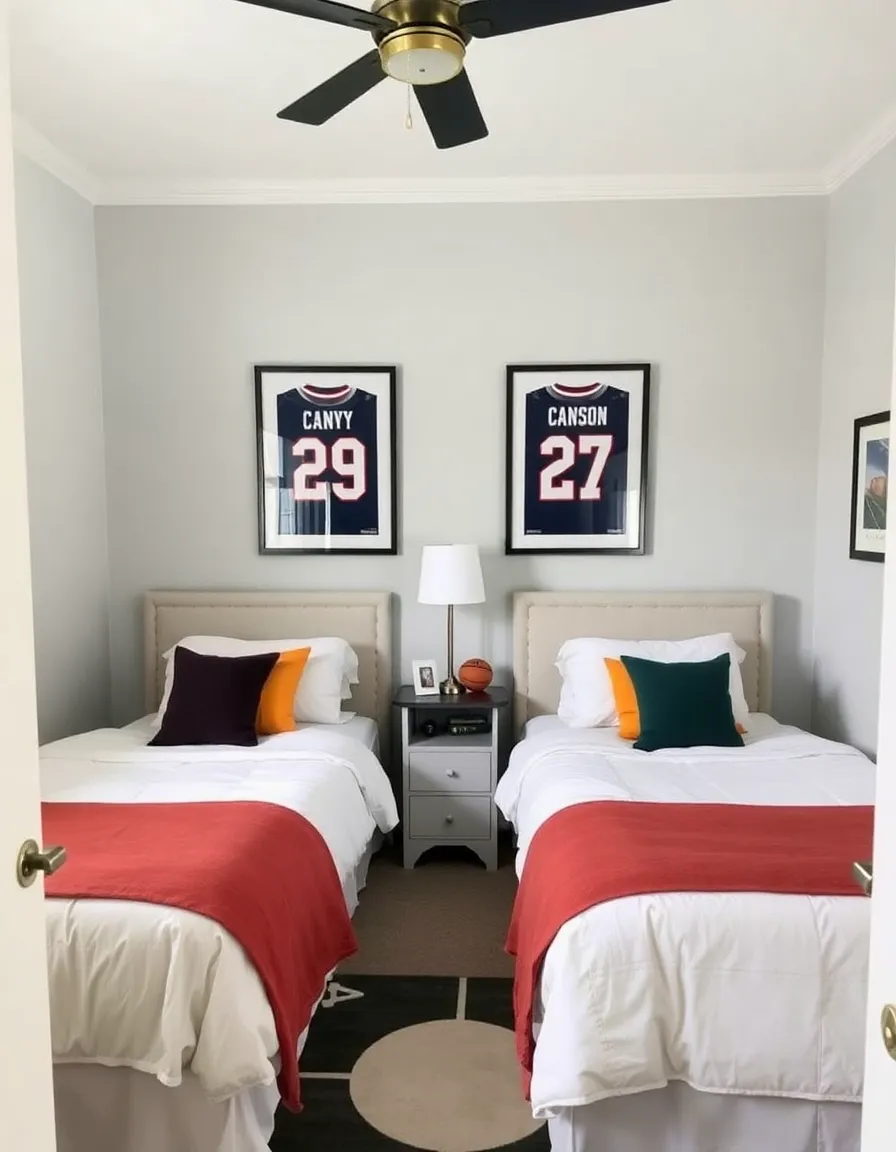
15. The Global Explorer Theme
Maps, travel posters, and worldly textures (like woven baskets or tribal prints) make this theme endlessly adaptable. Let each kid pick a “favorite country” to inspire their side. Educational and stylish? Win-win.
Extra points if they learn to say “stop touching my stuff” in another language.

16. The Futuristic Funhouse
Glow-in-the-dark stars, LED strip lights, and sleek furniture create a space-age vibe. Perfect for kids who love sci-fi or just think neon is cool. Keep the tech subtle so it doesn’t feel like a spaceship crashed into their room.
Unless that’s the look you’re going for. No judgment here.
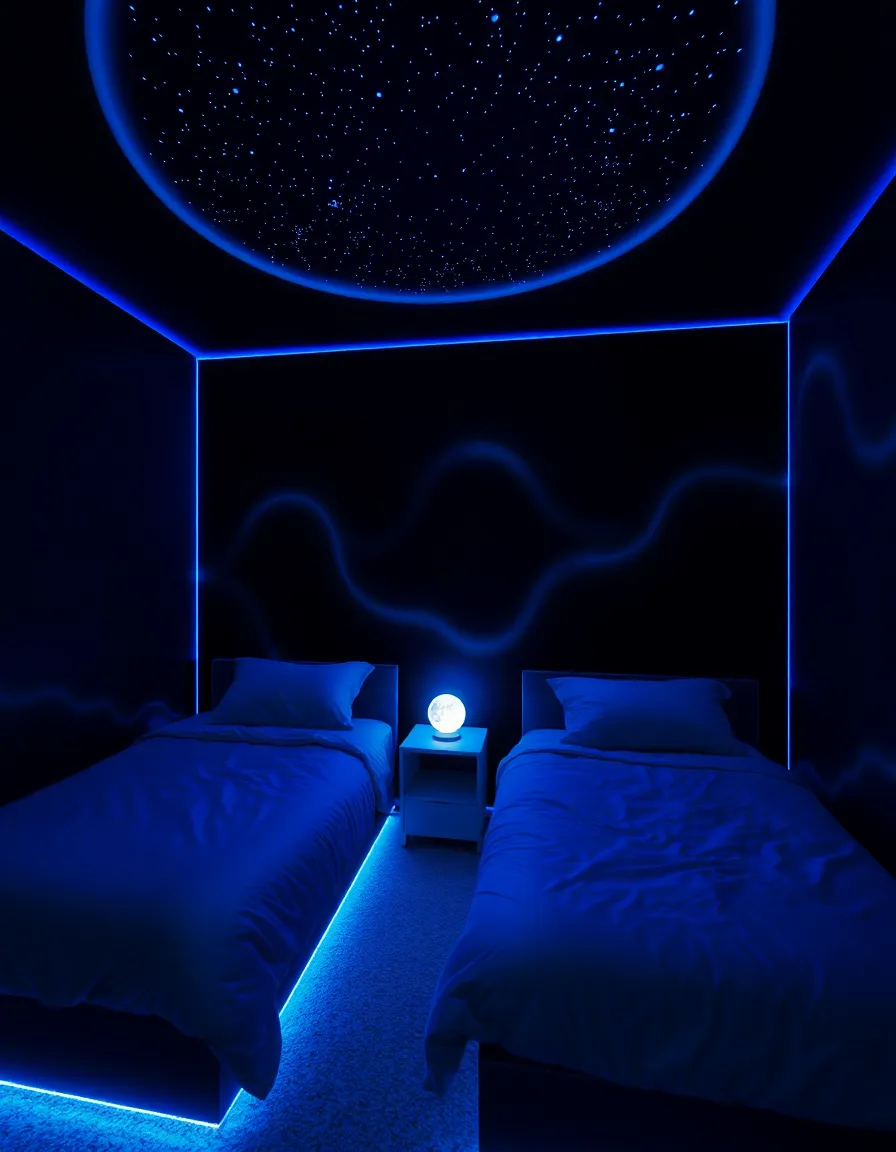
And there you have it—16 ways to design a shared bedroom that doesn’t make your kids feel like they’re stuck in a compromise. Whether you go for bunks, color blocks, or a theme they both love, the key is flexibility. Kids grow fast, and their tastes change even faster (remember when dinosaurs were life?). So keep the big pieces neutral and let the small stuff reflect their personalities.
Now, go forth and create a space where peace reigns—or at least where the arguments are about who gets the top bunk, not the wall color. You’ve got this!

